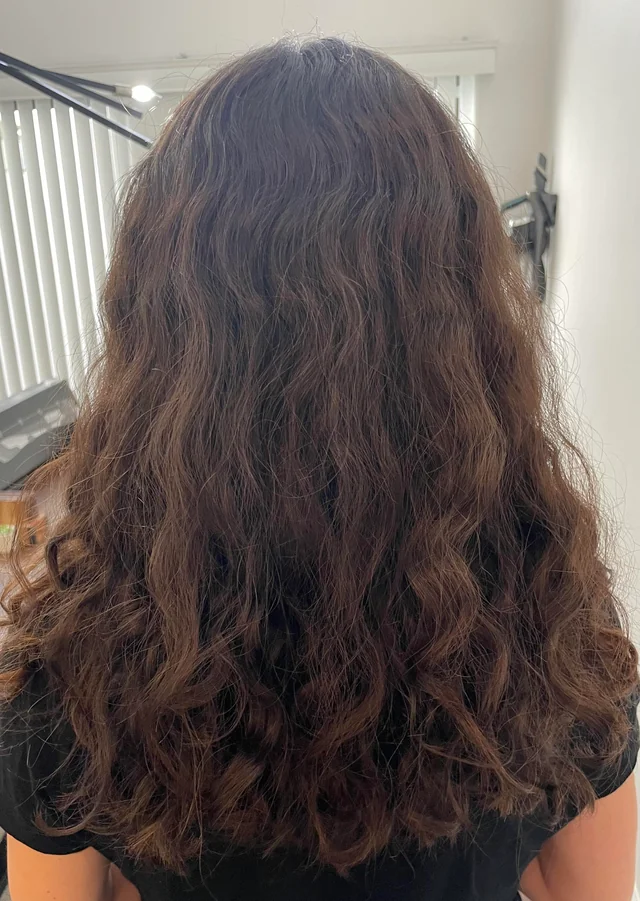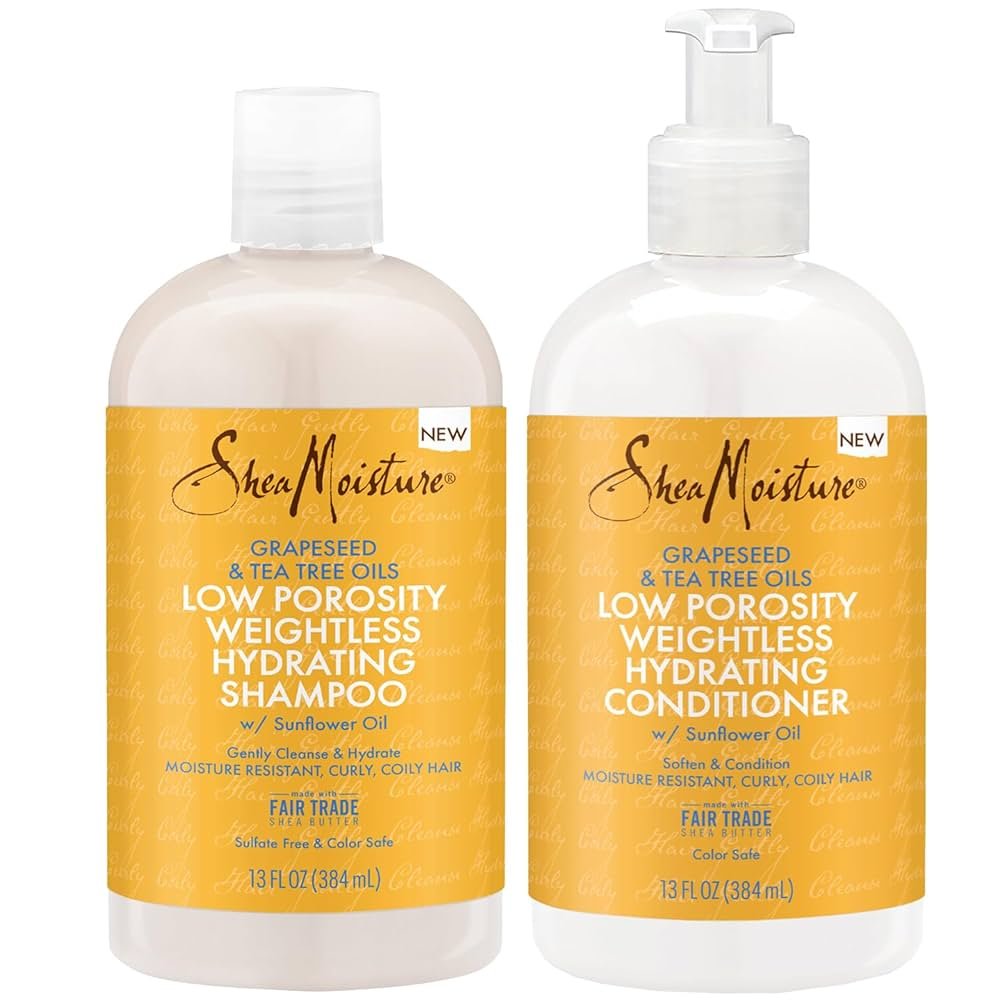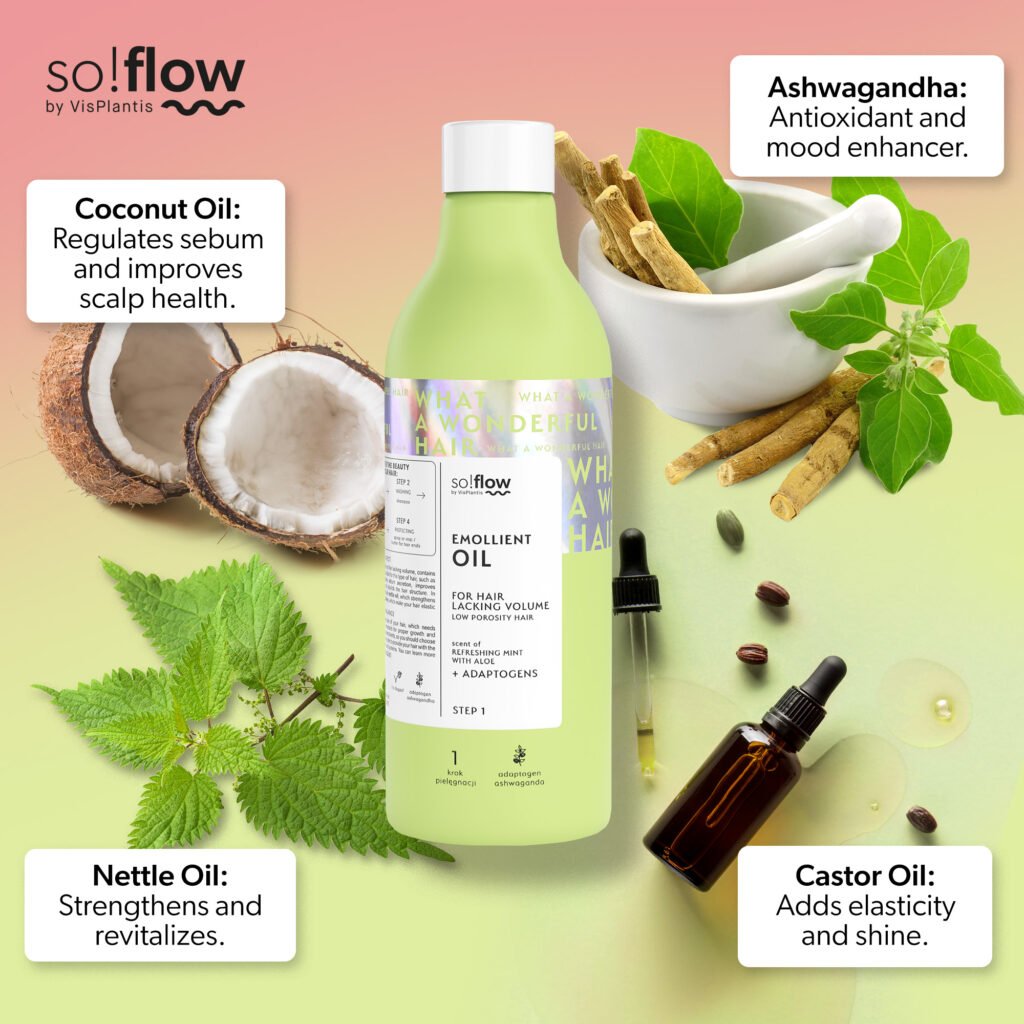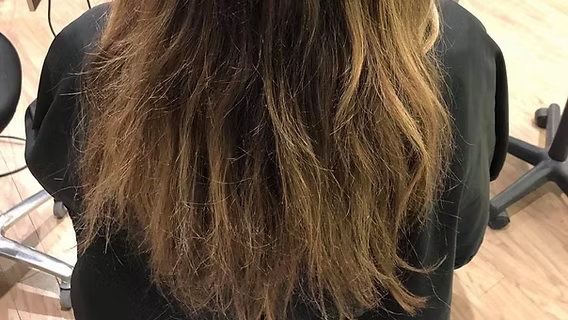Low Porosity Hair When it comes to taking care of your hair, knowing your hair’s porosity is just as crucial as identifying your hair type. Porosity is all about how well your hair can soak up and hold onto moisture. If you have low porosity hair, it means your hair cuticles are tightly packed together, making it tough for water, oils, and products to get in. While this might seem like a bit of a hurdle, with the right care routine, you can keep your hair looking healthy, shiny, and well-moisturized.Low Porosity Hair

Low Porosity Hair: Complete Guide to Care and Treatment 2025
Table of Contents
What is Low Porosity Hair?
Low porosity hair features cuticles that lie flat and overlap closely, which makes it challenging for moisture and nutrients to penetrate the hair shaft. This can result in dryness, product buildup, and hair that feels heavy or greasy on the outside while still being dry on the inside.
Key Characteristics:
Water tends to bead up on low porosity hair rather than soaking in.
- Hair products often just sit on the surface instead of being absorbed.
- It takes a long time for this type of hair to dry.
- There’s a tendency for product buildup to occur.
- While it may look shiny, it can feel dry or brittle to the touch.
Causes of Low Porosity Hair
Low porosity hair is usually genetic, meaning it’s something you’re born with. However, factors like using too many heavy products, not cleansing properly, or frequently using silicones can make the situation worse.
The Challenges of Low Porosity Hair
1:Moisture Resistance This hair struggles to absorb water and products effectively.
2:Product Buildup Creams, oils, and butters tend to just sit on top of the hair.
3:Dryness Even with plenty of product, the hair can still feel dry on the inside.
4: Dullness Buildup can prevent the hair from looking lively and vibrant.
When it comes to caring for low porosity hair
1: one of the best tips is to opt for lightweight, water-based products.
Look for leave-in conditioners, creams, and oils that won’t weigh your hair down. Heavy products can just sit on top and lead to buildup, which we definitely want to avoid. Ingredients like aloe vera, glycerin, or honey are great choices to keep your hair feeling fresh and healthy!
2. Apply Heat to Open the Cuticle

Since the cuticle is tightly sealed, using a bit of gentle heat can really help your products soak in. Here are a couple of ways to do it:
- Wrap your hair in a warm towel after putting on conditioner.
- Use a hooded dryer or a steamer while deep conditioning.
3. Clarify Regularly
Buildup can be a real hassle, so make it a point to use a clarifying shampoo once or twice a month. This will help clear out any residue and let moisture in.
4. Deep Condition with Heat

Deep conditioning is super important, but if you have low porosity hair, heat is your best friend. Opt for deep conditioners that contain humectants like glycerin or honey, and always apply some heat to help them penetrate.
5. Avoid Heavy Oils and Butters

Products like coconut oil, shea butter, and castor oil can be a bit too heavy for your hair. Instead, try using lighter oils such as
- Grapeseed oil
- Argan oil
- Jojoba oil
6. Try the “LCO Method” Instead of LOC
When it comes to keeping moisture locked in, many folks with low porosity hair find that the Liquid → Cream → Oil (LCO) method works better than Liquid → Oil → Cream (LOC). This way, you avoid having oil block moisture absorption.
Best Ingredients for Low Porosity Hair
When you’re shopping for products, keep an eye out for these gems:
- Aloe vera – it’s great for lightweight hydration
- Honey – acts as a humectant, pulling in moisture
- Glycerin – helps lock in that precious moisture
- Hydrolyzed proteins – they strengthen your hair without making it heavy
- Panthenol – gives your hair a boost of shine and moisture
Here’s a daily routine you can follow for low porosity hair
Morning
- Start with a light mist of water and a good leave-in conditioner.
- Then, seal in that moisture with a lightweight oil, like argan or jojoba.
Wash Day (Weekly):
1: Begin by clarifying your hair with a sulfate-free shampoo.
2: Next, deep condition using heat for about 20 to 30 minutes.
3: After rinsing, apply a lightweight leave-in conditioner.
4: Style your hair with a cream, and finish off by sealing it with oil using the LCO method.
Final Thoughts
Low porosity hair might be a bit tricky when it comes to soaking up moisture, but with the right care routine, it can really flourish. Focus on using lightweight hydrating products, try heat-assisted conditioning, and make sure to cleanse regularly to avoid any buildup. Keep in mind that your hair doesn’t need a ton of products—it just needs the right ones. With a little patience and consistency, low porosity hair can become strong, shiny, and absolutely gorgeous.




